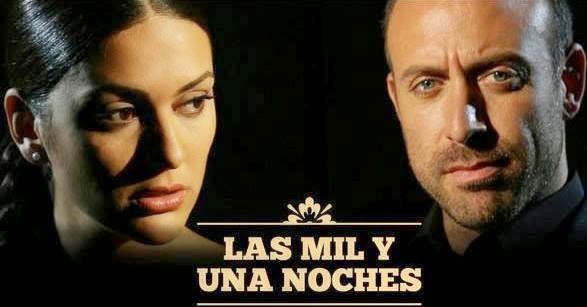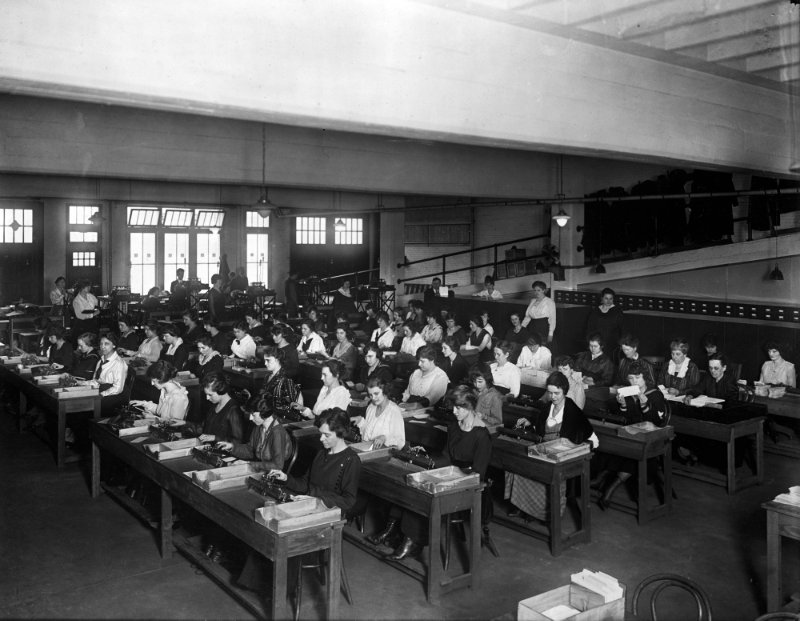- Assistant Professor at Molecular Biology and Genomics Department
- Mathematical Engineer, U. of Chile
- PhD Informatics, U Rennes 1, France
- PhD Mathematical Modeling, U. of Chile
- not a Biologist
- but an Applied Mathematician who can speak “biologist language”
September 27th, 2016
I am Andres Aravena
I’ve worked on
- Big and small computers
- Telecommunication Networks
- Between 2003 and 2014 I was the chief research engineer
- on the main bioinformatic group in my country
- in the top research center
- in the top university of my country
I come from Chile

world
Chile

chile
Small country of ~17 million people
Spanish colony 500 years ago (so language is Spanish)
Independent Republic 200 years ago
First Latin American country to recognize Turkish republic
Everyday life very similar to Turkey
Chileans like Turkish soap operas

binbirgece
Latin America in Turkey
Foreigners enrich the hosting countries. Just look at the food:
- Corn is from North and South America: maiz
- Tomato is Mexican: tomates
- Potato is from Chile and Peru: patatas

tomato potato corn
Diversity increases opportunities
Why computers?
for Molecular Biology and Genetics
Computers are rule changers
Modern computers were created to solve math equations
Then they were used to handle big databases
They became cheap and found everywhere
They became communication tools
They transformed society and science
How many computers do you use?
- Cellphone
- TV
- Cable decoder
- Microwave oven
- Washing machine
- Car motor
- Metro
- Elevator
- Notebook
Computers transformed
- the banking industry
- the air travel industry
- the manufacturing
- the cars
- the movies
- Science
Four Paradigms of Science
1 Empiric
- observation of isolated facts
- description of related facts
- e.g. Botany
2 Theoretical
- Abstract models and theories
- Usually expressed in mathematical formulas
- Correct predictions validate the models
- e.g. Mendel laws of inheritance
Four Paradigms of Science
3 Simulation Based
- Models that cannot be expressed in formulas
- Formulas that cannot be solved
- e.g. Protein structure prediction
4 Data Based
- Discovering patterns hidden in data
- Huge volumes of data
- Complex interactions
- e.g. Bioinformatics
Computers
What does Computer means?
A computer is a counter
Normally was a person that did calculations
Sometimes with the help of mechanical devices
During the 2nd World War people invented electronic computers
So, computers are devices handling numbers
A Computer

“but I don’t use numbers …”
Don’t worry
Using numbers we can represent other things
In my country kids change vowels A, E, I, O, U by the numbers 1, 2, 3, 4, 5
Then they say H2LL4 (they are just kids)
Using the same idea we can represent any text
Notice that we have represented sounds by signs for centuries
Numbers can represent other things
There are three things in the Universe
- Matter
- Energy
- Information
Information can be put in digital (numeric) form
Numbers can represent a lot of things
- Images
- Audio
- Movies
not yet
- smell
- taste
- tact
What can a modern computer do?
Computers handle numbers
Numbers represent information
Computers can transform and transfer information
So, What is a Computer
- Computer
- (English) counter, calculator
- Ordinateur
- (French) sorter, gives order to data, handles data
- Bilgisayar
- (Turkish) Information/Data counter
What do you do with a computer?
Do you have a computer at home?
What do you use it for?
What can a computer do?
- calculate formulas
- solve (some) equations
- store and retrieve huge quantities of data
- find patterns in data
- find data matching a pattern
- transform data in useful ways
- compress data
- move data at low cost without distortion
Let’s play “computer”
Solving an equation
First usage of electronic computers was to solve complex equations
This approach enabled landing on the moon
Let’s find the value \(x\) that satisfies \[24x^3-70x^2+19x+15=0\]
Naming the formula
Let us put a name to the formula. Let’s call it \(f(x)\). \[f(x) = 24x^3-70x^2+19x+15\]
We want to find \(x\) that makes \(f(x)=0.\) We can write \[f(x) = (24x^2-70x+19)x+15\] or even \[f(x) = ((24x-70)x+19)x+15\]
Computing f(x) given x
- Take a piece of paper and write \(x\) in the first line
- Write 24
- Multiply the last two numbers
- Add -70
- Write \(x\) (from the first line)
- Multiply the last two numbers
- Add 19
- Write \(x\) (from the first line)
- Multiply the last two numbers
- Add 15
- Compare to 0
What happened?
We solved a complex mathematical question using a simple set of rules
- write
- multiply
- add
- compare
This decomposition in simple steps is called a program
Parts of a computer
In this exercise we used
- memory (paper)
- arithmetic/logic units (you: adding, multiplying, deciding)
- input/output (me)
Programs
Many different questions can be solved with the same rules
It is just a matter of changing the program
First electromecanic computers were like us: A sequence of devices, each one feeding the next
Changing the program required physical change of pieces
Stored program
The key step
John Von Neuman realized that the set of steps can be also stored in memory (coded as numbers, obviously)
We only need to include
- a pointer to the current instruction
- a system to decide which arithmetic/logic rule apply
This is called Central Process Unit (CPU)
Hardware and Software
Since old times physical tools are called hardware
That includes al the physical parts of the computer (what you can kick)
Programs determine the function of the computer, but they are not “physical”.
That is software (what you can only insult)
Biological analogy
All cell components are hardware
The sequence of the DNA is the software
In summary
What is a computer?
Is a general purpose device that can
- read, process and write numbers
- (and things that can be represented by numbers)
- to and from the memory
- following a program stored also in the memory
- many simple steps
Changing the program changes the purpose of the machine
In the Next Chapter
we will see …
- How information is coded in numbers
- How these numbers are stored and organized
- How we interact with computers
- Start using an specific tool: RStudio
Homework
- Prepare a presentation about NCBI
- Install R and RStudio
- Register in the Google Group
Memory and Files
Computers have bad memory
When they don’t have energy, they forget all
All data must be stored in secondary memory
Today secondary memory is
- hard disk
- USB stick
- Cloud storage
Structure of secondary memory
The disks store a huge amount of data
To organize it we use files
To organize the files we use folders also called directories
Files
Like the main memory, a file is just a list of bytes
The meaning of the file depends on the context
Most of the times, the name of the file suggests a context
File attributes
Besides the data itself, files have metadata
That is, data about the data. For example
- Files have a name
- Files have a modification date, maybe other dates too
- Files have a size
- Files have permissions
File names
The names of the files are “words”: a serie of letters, numbers and some symbols
Technically, a filenames is a String or list of characters
Maximum length of a filename is 250 characters
Avoid /, :, +, |, <, *, > quotes
Use letters (A-Z, a-z), numbers (0-9), ., -, _,
File names
In some systems small caps and BIG CAPS are not equivalent. Be systematic and coherent
If the filename includes ., the text after it is called extension
In Microsoft Windows (c) extensions are usually 3 letters
- EXE, JPG, DOC, XLS, TXT, CSV
- These are hints on how to interpret the file
Kinds of file
At low level there is only one type of file
For us, it is useful to separate in two:
- Text Files
- each byte is a character, we can read it
- Binary Files
- bytes are grouped in binary numbers, representing images, sounds, etc.
Among binary files we have EXE files, which are programs for Windows